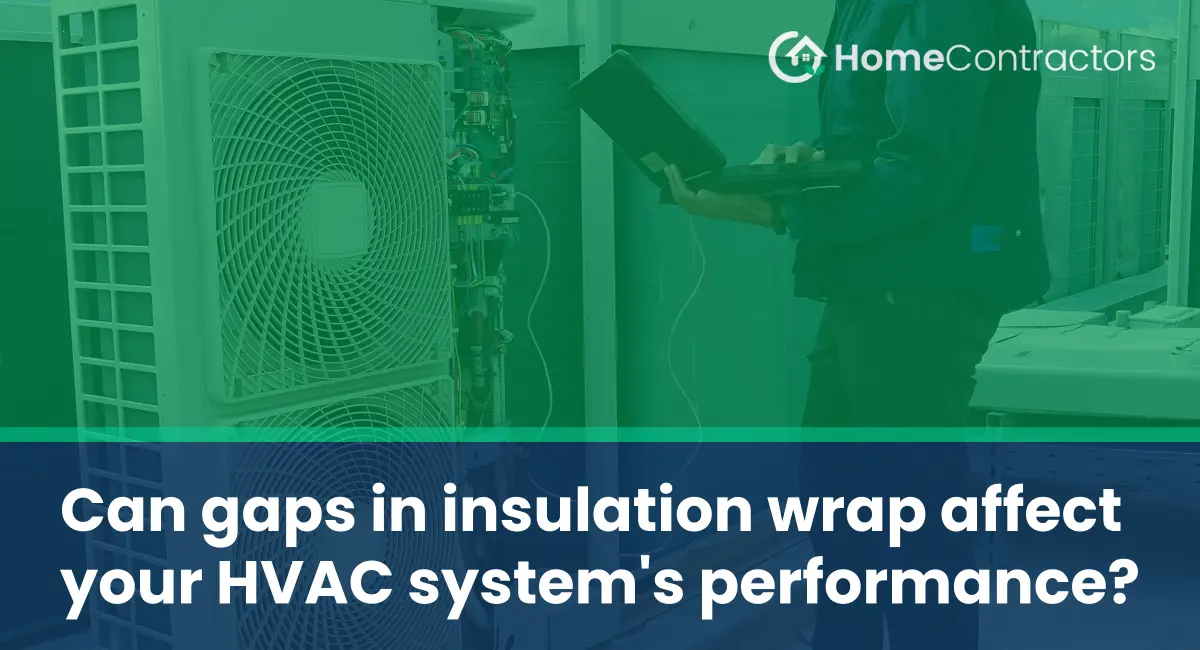- Insulation wrap is a material used to cover HVAC system components, such as ductwork, pipes, and tanks.
- It prevents heat transfer between the components and their surroundings, keeping the temperature consistent.
Impact of insulation gaps
- Gaps in insulation wrap can significantly affect the performance of the HVAC system.
- These gaps allow heat exchange between the components and the surrounding environment, leading to energy loss.
- Cold air from AC ducts can escape, resulting in reduced cooling efficiency.
- Similarly, gaps in insulation wrap around hot water pipes can cause heat loss, reducing the efficiency of the heating system.
1. Energy efficiency:
- Insulation wrap with gaps can increase energy consumption and utility bills.
- When the HVAC system works harder to compensate for heat loss or gain, it uses more energy.
- Gaps can compromise the overall energy efficiency of the system, resulting in higher operational costs.
2. Indoor comfort:
- Proper insulation helps maintain a consistent temperature indoors, ensuring comfort.
- Gaps in insulation wrap can lead to temperature fluctuations, making the environment uncomfortable.
- Cold drafts from uninsulated ducts or heat loss from poorly insulated pipes can create discomfort for occupants.
3. HVAC system operation:
- Gaps in insulation wrap can impact the performance and functionality of HVAC components.
- Undesired temperature changes due to inadequate insulation can put excessive strain on the system.
- The HVAC system may need to run for longer periods to achieve the desired temperature, leading to increased wear and tear.
- Overworking the system due to gaps in insulation wrap can also shorten the lifespan of the equipment.
4. Condensation issues:
- Proper insulation prevents condensation buildup on HVAC components, such as pipes and ductwork.
- Gaps in insulation wrap can allow moisture to accumulate, leading to condensation problems.
- Condensation promotes the growth of mold and mildew, which can negatively affect indoor air quality.
- Additionally, condensation can cause structural damage to the HVAC system components over time.
Addressing gaps in insulation wrap:
- Regular inspection is essential to identify any gaps in insulation wrap.
- Maintaining and replacing worn-out or damaged insulation is crucial for optimum system performance.
- Professional HVAC technicians can perform inspections and recommend suitable insulation solutions.
- Sealing gaps with appropriate insulation materials and ensuring proper installation can improve energy efficiency and system performance.
- Gaps in insulation wrap can significantly impact the performance of HVAC systems.
- It affects energy efficiency, indoor comfort, system operation, and can lead to condensation issues.
- Regular inspections and addressing insulation gaps promptly are essential for the proper functioning of HVAC systems.
